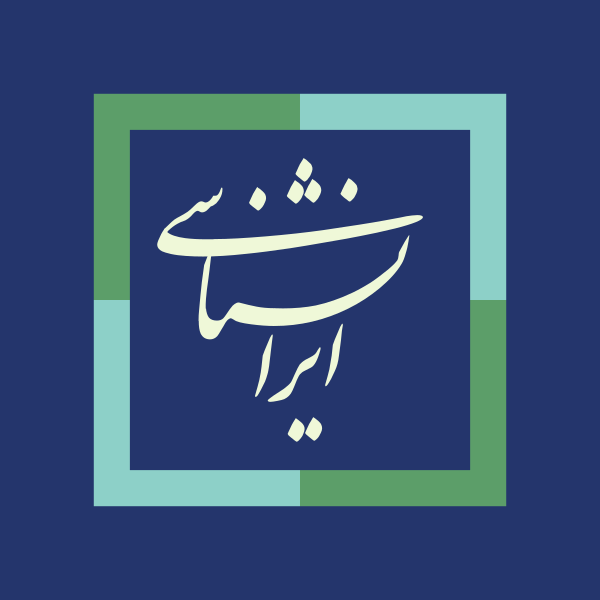The rise of Chinggis Khan (d. 1227) and the expansion of the Mongol empire to western Eurasia in the 13th century dramatically changed the history of the Islamic World. The Mongols – and in their wake Timur – are generally seen as a horde of unstoppable nomadic warriors that put an end to the golden age of Islamic civilisation. At the same time it has often been noted that Mongol and Timurid rule coincided with a period of unprecedented cultural activity in many fields. These two phenomena illustrate a contradiction in which ‘barbarian conquerors’ simultaneously destroyed a learned civilisation and triggered a booming cultural environment in the lands they conquered. To make sense of this paradox, it has often been assumed that nomads and their sedentary subjects lived in a mutually beneficial but culturally separated social arrangement. In this conventional view, nomadic conquerors ‘ruled from horses’, enjoying the rewards of military success and leaving the day-to-day administration of their territories to native bureaucrats.
This project starts from a different vantage point. Its basic hypothesis is that nomadic rulers closely interacted with sedentary elites to a point in which a process of intense mutual cultural borrowing occurred. In order to validate this hypothesis, this project makes use of the extensive amount of Islamic manuscripts that have come down to us from the pre-modern Islamic period. This project methodology aims at a comprehensive documentation, analysis and interpretation of a large and representative amount of codices across genres and languages but considering not just the main texts contained in the manuscripts but rather, it fully considers all the written notes and material traces left by authors, patrons, owners, readers and others in many codices. Those traces will allow us to reconstruct aspects of the production, circulation and consumption of written knowledge to sometimes considerable detail that remain mostly unknown to us.
We aim to map the “manuscript landscape” of this period to provide the basis for a new interpretation of cultural interaction in the Mongol and early Timurid periods. To facilitate access to the extensive amount of new information from these little studied codices, the project will develop a freely accessible digital database of surviving Persian and Arabic manuscripts from this period.



